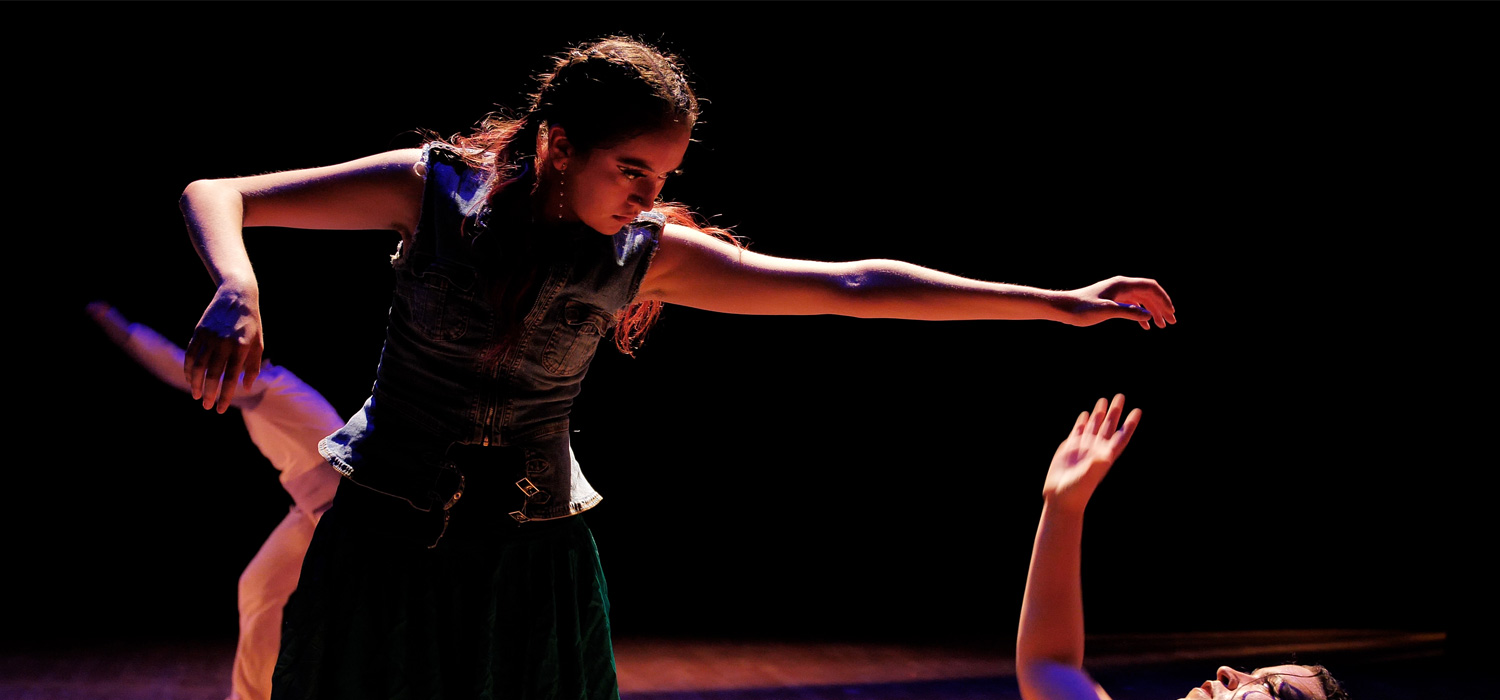Note from the Director

THERE IS AN ENERGY HERE.
SDSU’s jazz program is paving the way for the next generation of jazz musicians. We emphasize the practice of jazz based on actual models, historical and current. In contrast to what I observed in Boston during the 10+ years of teaching at the New England Conservatory of Music, the students in the jazz program at SDSU are part of a thriving music scene that offers the next generation of players several avenues for obtaining real-life experience on the bandstand.
What’s unique about our program? We model our curriculum creatively on how the great figures of jazz often learned this music: through listening to recordings, working one on one with mentors, honing our craft at jam sessions, and obtaining real-life experience on the bandstand with some of the biggest names in jazz.
Jamming and Performing with Jazz Luminaries
One of the standouts of our program is our jazz guest-artist series. This starts with having a roster of A-list jazz artists flying in approximately six times per year to work with our students. Unlike other programs, our guest-artist series is centered on the student experience. For example, when you are a jazz major at SDSU, you won’t either just be in the audience or only backing up an artist in a big-band context (as is the case with most jazz programs). Instead, here you are part of the action. That means being on stage with the artists in jam sessions and concerts in both small combos and large ensembles, which could serve as an audition for future employment. Several of our successful students are getting called regularly to perform as professionals.
The artist residencies also offer students opportunities to work with jazz masters in workshops, masterclasses and lessons. In the past couple of years, our guests have included some of the biggest names in jazz such as Jerry Bergonzi, Gerald Clayton, Peter Bernstein, Joe Farnsworth, Charles McPherson, Aaron Goldberg, Ignacio Berroa, John Clayton, Adam Nussbaum, Cecil Alexander, and Chris Potter.
Faculty members: transmitting the magic from the scene into the classroom
I’m so honored to work with the incredibly talented jazz faculty. They are real doers. Since arriving at SDSU in 2023, we have recruited four new faculty members who are some of the biggest names on the west coast including trumpeter Gilbert Castellanos, vocalist Jane Monheit, bassist Luca Alemanno, and guitarist Steve Cotter. Jazz is a living tradition, and these artists bring a palpable energy to the classrooms, combos, rehearsals, and stages at SDSU. If you want to make it, there’s no better fit than to study from musicians like Luca who just played at the Blue Note with Chris Potter, Jane who regularly tours around the world as a leader, Gilbert who curates and performs in concerts for Jazz at Jacobs (SD’s Symphony Hall), or from Steve who spent a decade playing with Joey DeFrancesco.
What does it mean for our students to study with our faculty? It means that during their private studios and combo/ensemble rehearsals, faculty model their lessons on activities where students develop the skills to make it in the real world while receiving feedback based on the diverse experiences of our faculty who are making it in the real world of jazz.
An Approach that’s about the Intangibles
Many academic programs make studying what someone plays the focus of the curriculum, emphasizing written music and abstract chord-scale theories. At SDSU, we take a different approach. We start with the music itself, using our ears to guide us. For example, in one assignment, I ask my students to creatively discover what it feels like to play like Charlie Parker. That means my students learn his vocabulary, what he plays, so that they can focus on how he plays, what he plays. In other words, we complement knowledge of vocabularies with a deep connection to inhabiting a style, a sound, groove and feel.
But it’s not only about the soloist: at SDSU, we are all responsible time-keepers and compers. As such, student vocalists and instrumentalists study the shapes and ideas played by the great accompanists: pianists, bassists, guitarists, and drummers develop proficiency in the rhythmic ideas that are the foundation of this music.
In addition to more than 10 small and large combos/ensembles, our well-rounded program offers four years of full-time studio lessons, and more than ten jazz courses that cover theory, analysis, styles, history, transcription, repertoire, composition, improvisation seminars, and arranging.
And for a deeper dive into our program, feel free to be in touch with me directly by email ([email protected]). Also, check out a list of our classes, the profiles of our faculty, and programs from our past and upcoming guest-artist events.
If you’re interested in learning more about my pedagogical approach and philosophy to jazz education, please look at my new jazz improvisation textbook, Chasin’ the Sound: Learning Jazz Improvisation through Historical Models on Oxford University Press (2025). It includes a web companion that features hundreds of original transcriptions, musical examples, artist recordings, demonstrations, and play-along recordings.
Come feel the energy and embrace the groove with!

